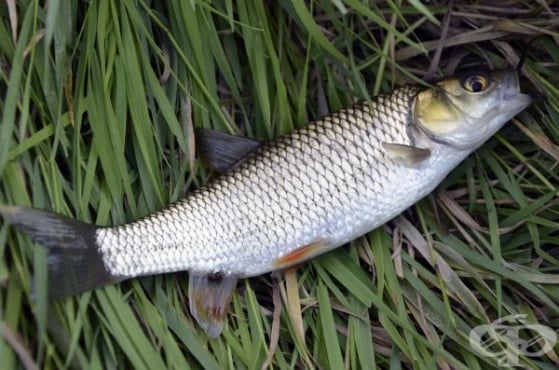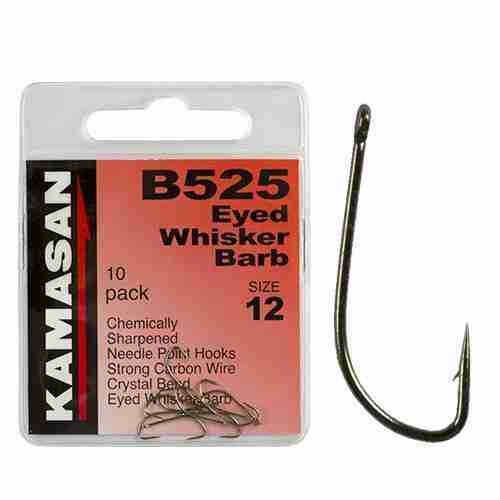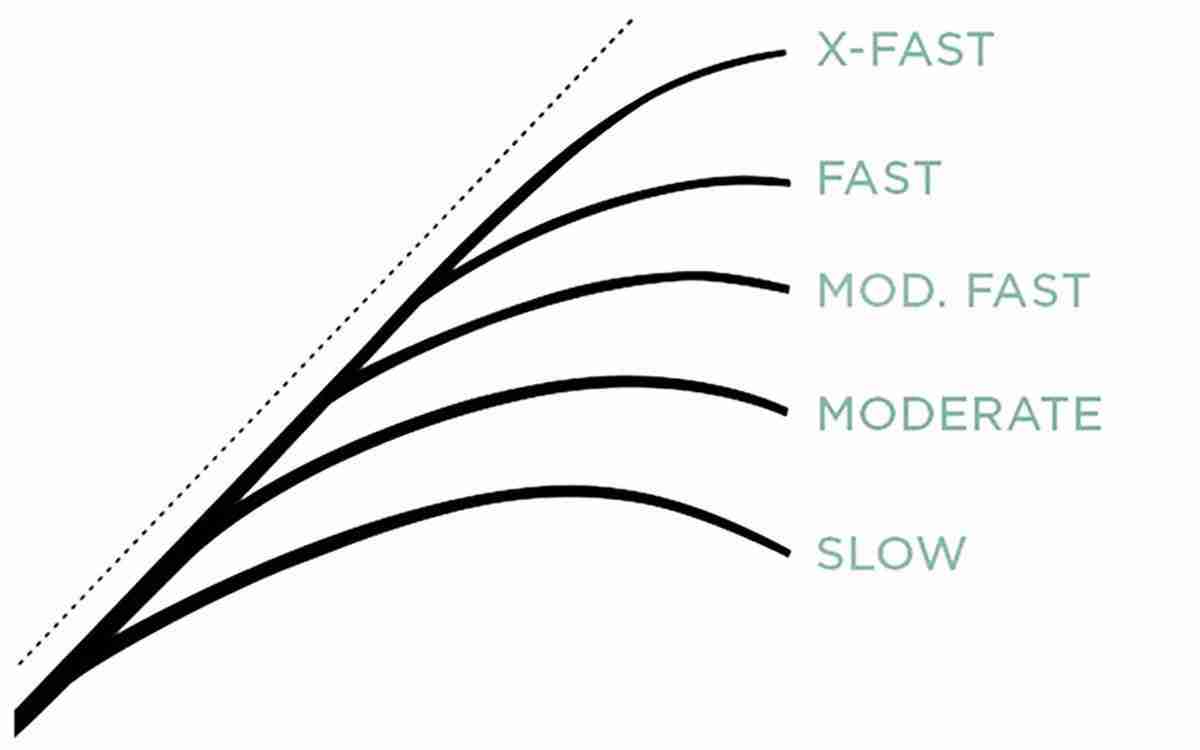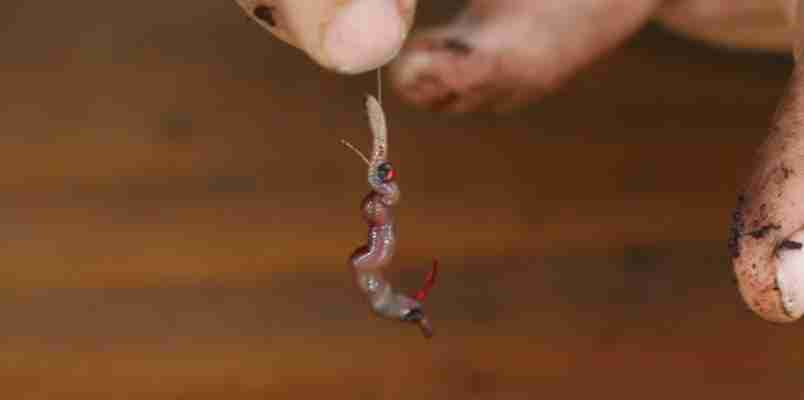
How to put a worm on a hook

8 min read
Fishing with worms is one of the most popular and effective ways to catch fish.
In this article, we will provide an overview of how to put a worm on a hook, including tips for selecting the right worm, how to properly thread the worm on the hook, and how to rig the worm for fishing.
About Worms
When it comes to fishing bait, worms and maggots are undoubtedly the most popular choices among anglers. These versatile and effective baits can attract almost any fish species throughout the year.
While fish may show a preference for vegetable baits in the hot summer months, incorporating both vegetable and animal components, such as in sandwiches, can often yield even better results.
Worms and maggots are the most popular animal baits for fishing. Almost any fish is caught on them all year round. Only in the sultry heat in summer, she prefers vegetable nozzles, but even at such a time, sandwiches with vegetable and animal components can work better.
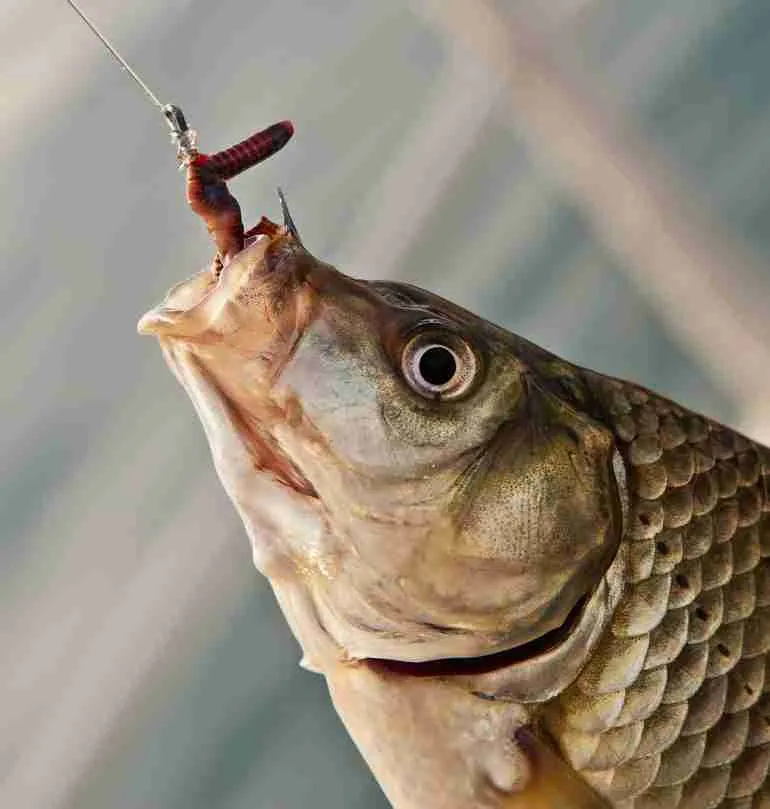
Very often they put corn or barley on one hook along with the worm. One type of bait in this combination attracts fish better, and the other does not give them the opportunity to ignore the bait.
Ways to Bait a Worm on a Hook
When it comes to baiting a worm on a hook, there are several methods you can use. However, it’s important to keep these rules in mind:
-
Preserve Worm Mobility: It is crucial to minimize damage to the worm while mounting it on the hook to ensure it remains movable and attractive to fish.
-
Match Size: The size of the worm, like any other bait, should be appropriate for both the hook and the target fish species.
If you have small red dung worms available, which are commonly used, it is recommended to bait them whole. This allows the worm to retain its natural shape and movement, making it more appealing to fish.
To bait a worm on a hook effectively, follow these steps:
-
Carefully slide the hook through the worm’s head or collar, ensuring the hook point exits the top or side of the worm.
-
Thread the worm upward along the hook shank, leaving the end of the worm free for better movement.
-
Once the worm is securely on the hook, adjust its positioning by gently pushing or pulling parts of the worm to make it look natural.
There are several options:
You can plant a worm through the middle by piercing once or twice, you can use a ring, or you can go over the edge. It all depends on its size and the size of the fish. If we catch roach or other small fish, then the worms are selected in a small size, most often one worm is mounted on the hook.
If you are fishing for a larger fish of a bream, bream, or crucian carp, then you can pick up several worms by threading them once. Such a bunch will be very attractive to large fish and will slowly overeat small things.
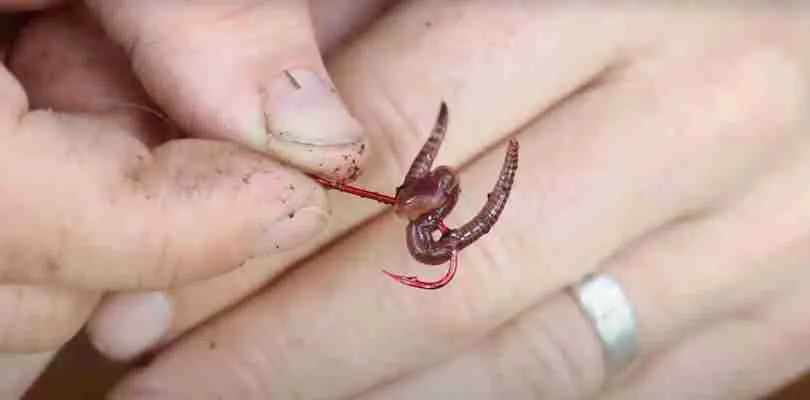
Often the worm is torn into several pieces, and they are hooked. This is usually done when the worm is too large for the intended fish. But in this case, its mobility, and hence the attractiveness for fish, drops noticeably. After all, such pieces are much worse and will move less on the hook, attracting fish.
Another option is a combination of a worm with another nozzle. Corn and pearl barley are most commonly used for this.
An impaled worm can be tempted by almost any fish. Of course, perch is his biggest fan. But roach, silver bream, bleak, bream, rudd, as well as carp and crucian carp are also not against such bait.
The worm is caught both on a float, and on bottom gear, for example, feeder ones. 15-20 years ago, stocking up on worms for fishing was a big problem. For winter fishing, the worm was harvested from autumn and kept in a special box. In warm weather, before fishing, I had to take a shovel and go to the park in search of this bait, so as not to waste precious time on the pond.
Today, if the angler lives in a city or a large village, everything is much simpler, in stores, there is always not only this bait and maggot but also many other plant and animal baits.

Small fish bait options
If you arrived at the reservoir and found that you did not take worms with you, then you can look for it right on the reservoir. The first option is in coastal soil with a shovel, and the second in shallow water with your hands. A hooked river worm is also great for catching fish
Video: Baiting A Hook With A Worm
https://www.youtube.com/watch?v=grwqz-RSMvA&ab\_channel=WyomingGameandFishDepartment
It is believed that purchased worms attract fish more than those dug out of the ground. There is some truth here, but it should be noted that they are not even purchased, but red dung worms. If you can find them in a pit with humus, they will be an excellent hook attachment.
This type is better than earthworms and creeps.
Red dung beetles are very active and are more attractive to fish due to their smell. The nozzle of any worm should be neat, if it is unnecessarily injured, it will be worse to attract fish to itself.
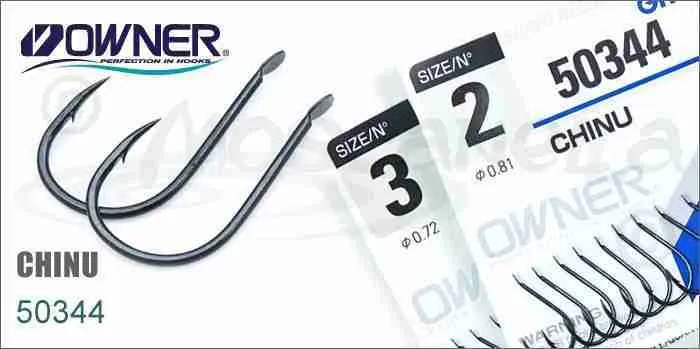
They put such bait on many hooks. Often they use the usual round shape, but there are also special worm hooks, for example, Owner Worm SP-BH 53118. It is made with thinner wire, which increases the vitality of the fish, and has additional hooks.
Such hooks help the attached worm not to slip off the hook, but to be evenly distributed along its entire length.
Where to Find Worms for Fishing
There are a couple of different ways that you can go about finding worms for fishing. You can either dig them up yourself or buy them from a bait shop. If you want to dig them up yourself, the best place to look is in a moist, loamy soil. You can find this type of soil in woods or near streams.
Look for areas that are shaded and have decaying leaves or logs. Use your hands to dig around until you find some worms.

If you don’t want to get your hands dirty, you can buy worms from a bait shop or find them online. Make sure that you buy worms that are specifically meant for fishing, and not for composting or other purposes.
Capture a worm
There are many ways to capture a worm. The most common method is probably using a shovel or spade to dig them up. Another common method is using bait such as a piece of fruit or meat to attract the worms to the surface.
For those who want to be a bit more creative, there are also special tools and devices available specifically designed for worm capture. The best method to capture worms may depend on the situation and your personal preference.
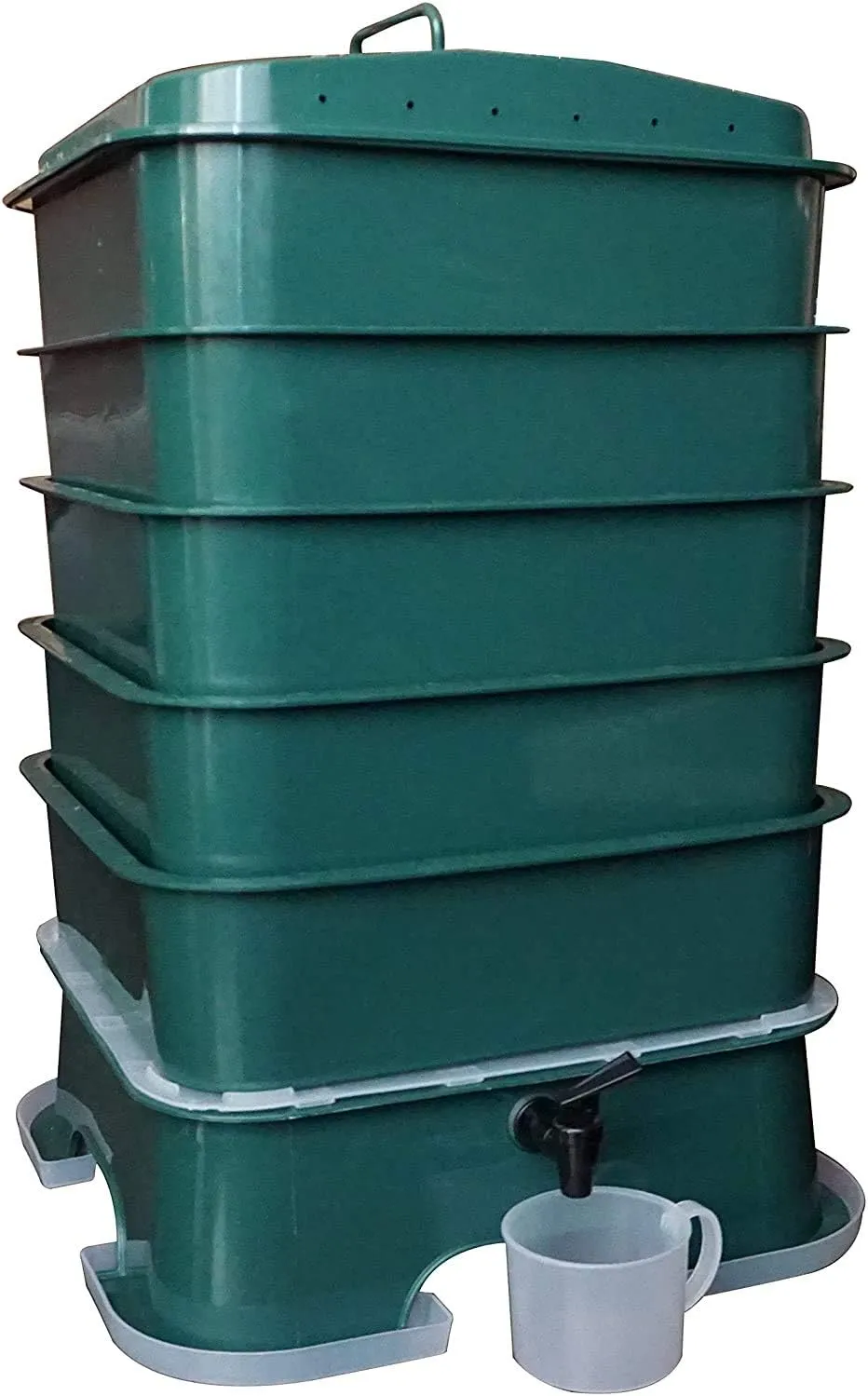
The best way to capture a worm may depend on the situation. If you are looking for worms for fishing, for example, then using bait is probably the best option. If you are just looking for worms to study, then digging them up with a shovel or spade is probably the best way to go. No matter what method you use, capturing a worm can be a fun and educational experience.
Worm Storage
Once you have your worms, it’s important to keep them alive and healthy for your fishing trips. Here are some tips for worm storage:
-
Moist Bedding: Use moist newspaper or shredded paper as bedding for your worms. Keep it damp but not soaking wet.
-
Food Scraps: Add fruit and vegetable scraps, coffee grounds, and eggshells to the worm storage container as food for the worms. Avoid meat, dairy, and oily foods, as they can rot and produce odors.
-
Aeration and Drainage: To keep your worms healthy, regularly aerate the bedding by stirring it up with a shovel or pitchfork. You can also improve drainage and aeration by adding vermiculite or perlite to the storage container.
Conclusion
In conclusion, putting a worm on a hook is an important step in the fishing process, and it’s essential to know how to do it properly to ensure a successful fishing trip. By selecting the right worm, threading it properly on the hook, and rigging it correctly, you will increase your chances of catching fish.
When putting a worm on a hook, always consider the type of worm you are using, the size of the hook, and the way you want to rig the worm..
Overall, putting a worm on a hook may seem like a simple task, but with a little bit of knowledge and practice, you can turn it into an effective fishing technique.
Happy Fishing!
